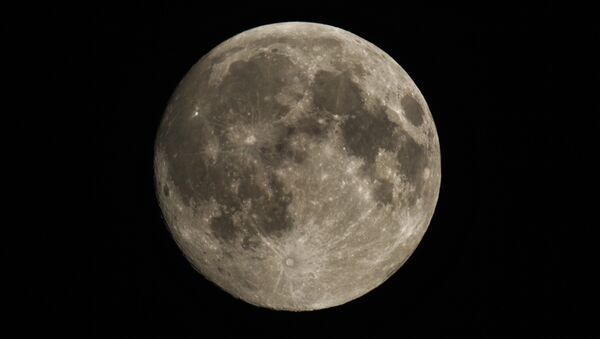The Japanese embassy in New Delhi confirmed on Monday said the two country's space agencies will launch a lunar probe in the early 2020s.
"JAXA and ISRO are planning a Japan-India joint lunar polar exploration that will be launched in early 2020s", the embassy said in a statement issued on the Vikram Lander that has been finally located on the Moon's surface just a day after ISRO lost contact with it.
While applauding the Indian space agency ISRO and its scientists for their efforts with the Chandrayaan-2, the Japanese embassy said: "We are confident India will continue its contributions to lunar exploration along which Japan proudly walks."
A rover is most likely to be landed at the South Pole of the moon by 2023 in order to excavate the dark side of the moon in a bid to discover water beneath the lunar surface.
Under the plan, which has already been approved by the Japanese government, Tokyo will be responsible for launching the rocket and developing a lunar rover, while India will develop a lander for the mission.
In March this year, officials from the two countries discussed the plan during the inaugural India-Japan Space Dialogue in New Delhi.
On 7 September, ISRO suffered a setback when space centre lost communication with its lander just 2.5 km before touching down on the moon.
The agency, which is trying to re-establish contact with the module, said the Vikram Lander is in one piece but is tilted to one side.
“It probably hard-landed on the lunar surface as per the thermal images sent by the on-board camera of Chandrayaan’s orbiter,” Indian news agency PTI quoted an ISRO official as saying.
Evidence for sub-surface water (tens of metres deep) emerged from the synthetic aperture radars deployed on lunar missions, including those on Chandrayaan-1 and NASA's Lunar Reconnaissance Orbiter.
In August 2018, NASA scientists, using data from the Chadrayaan-1 (India's first lunar mission), confirmed frozen water deposits in the darkest and coldest parts of the moon's polar regions.


